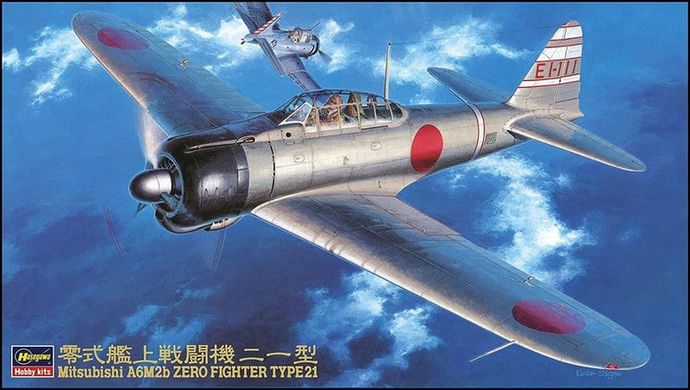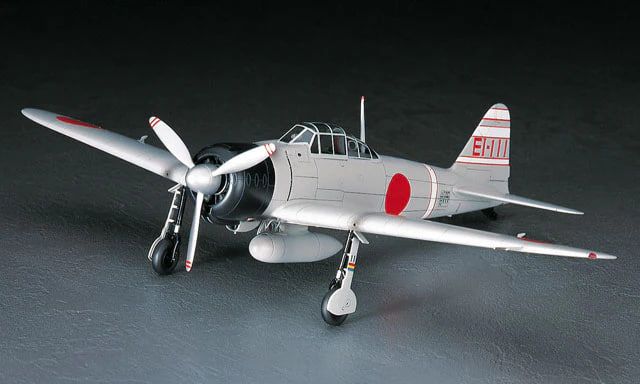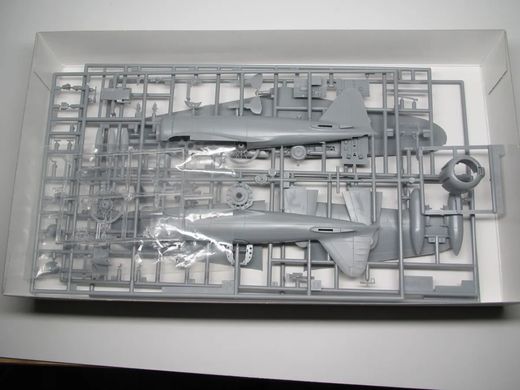The Mitsubishi A6M "Zero" is a long-range fighter that was used by the Japanese Air Force from 1940 to 1945. The A6M was designated as a Type 0 ship-based fighter (零式艦上戦旦機 rei-shiki-kanjō-sentōki?), the Japanese also used the official abbreviation rei sentōki—zero fighter—or rei-sen, but the more common usage is Zero-sen, as the English the words "zero" and the French "zéro" were introduced into Japan from the late 19th century, when Meiji-era Japan began to host French and English engineers and scientists with the intention of creating industry and a modern, powerful military. Although the official Allied codename was Zeke—pronounced Zik—he is widely known as Zero from his Japanese naval designation. In May 1937, the first prototype, which resulted from a request for a naval fighter, was able to take off for flight tests in March 1939. When the Zero entered service at the beginning of World War II, it was considered the most powerful ship-based destroyer. in the world, combining excellent maneuverability and a very long range. Early in combat operations, the Zero earned a legendary reputation in close-air combat, achieving an exceptional 12-to-1 victory ratio in its favor, but by mid-1942, a combination of new tactics and the introduction of better equipment allowed Allied pilots to face the Zero on more equal terms. The Imperial Japanese Navy Air Service also frequently used it as a ground-based fighter. In 1943, inherent design flaws and a growing shortage of more powerful aircraft engines made the Zero less effective against more modern enemy fighters, which had superior firepower, armor, and speed, and approached the Zero in maneuverability. Zero. Although the Mitsubishi A6M became obsolete in 1944, it was never completely replaced by newer Japanese aircraft models. In the final years of the Pacific War, the Zero was used in kamikaze operations.


















